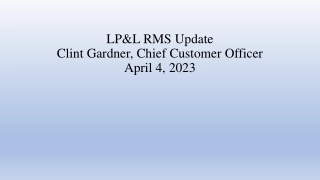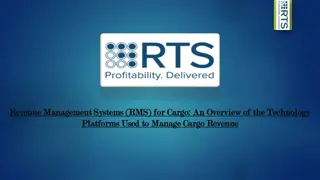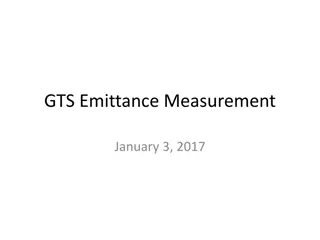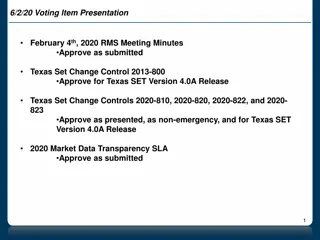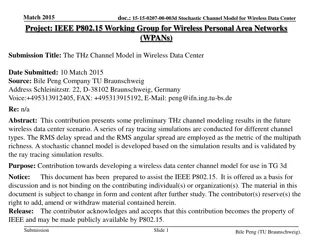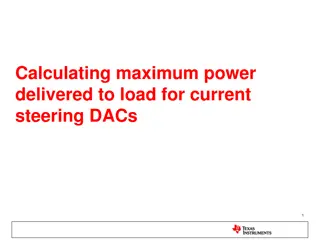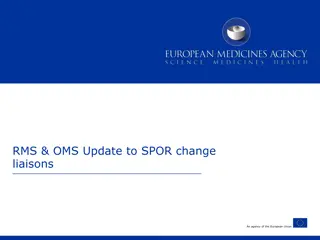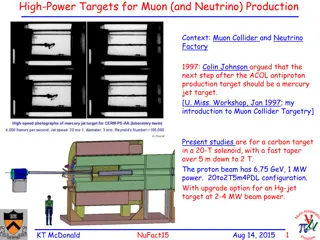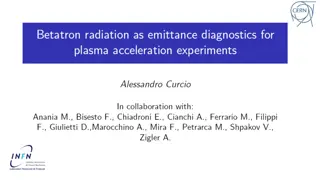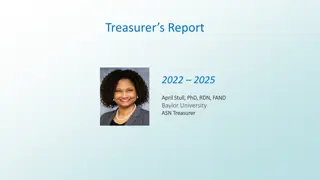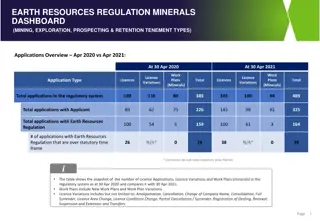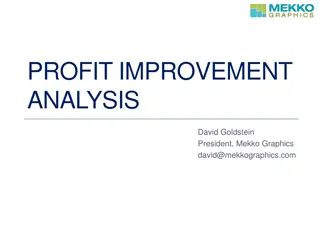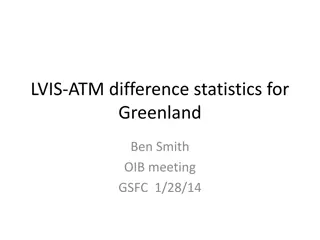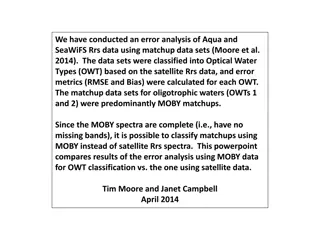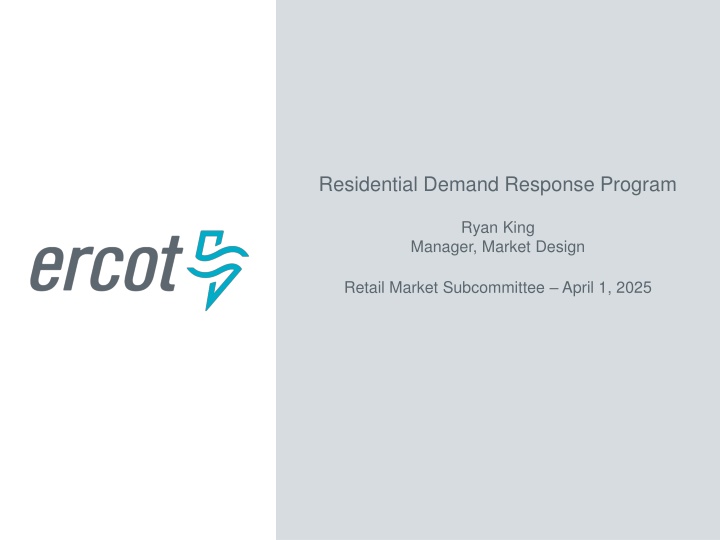
Residential Demand Response Program Overview and Key Design Questions
Explore the need for a residential Demand Response (DR) program focusing on incentivizing Retail Electric Providers (REPs) to participate in load reduction during high net load hours. Key design questions such as incentive payment determination, performance evaluation, and program administration are discussed. Next steps involve stakeholder consultation and program design workshops in upcoming months.
Download Presentation

Please find below an Image/Link to download the presentation.
The content on the website is provided AS IS for your information and personal use only. It may not be sold, licensed, or shared on other websites without obtaining consent from the author. If you encounter any issues during the download, it is possible that the publisher has removed the file from their server.
You are allowed to download the files provided on this website for personal or commercial use, subject to the condition that they are used lawfully. All files are the property of their respective owners.
The content on the website is provided AS IS for your information and personal use only. It may not be sold, licensed, or shared on other websites without obtaining consent from the author.
E N D
Presentation Transcript
Residential Demand Response Program Ryan King Manager, Market Design Retail Market Subcommittee April 1, 2025
Need for Residential DR With the anticipated growth in load, additional capacity, particularly at times of high net load is critical. Residential Demand Response (DR) represents a source of capacity that may not be fully realized/enabled today. This includes increasing DR capacity from smart devices (ie thermostats, EV charges, batteries, water heaters and pool pump switches) There is an opportunity for ERCOT to collaborate with stakeholders to develop a program that can incent and grow residential DR capacity as an additional resource that can help support system reliability Developing a Residential DR Program is a key ERCOT corporate priority for 2025 Program design should aim to adhere to the following framework Quick to develop Simple to administer Popular to join Cost-effective 2 PUBLIC
Conceptual Overview A residential DR program that provides an incentive payment to Retail Electric Providers (REPs) based on Residential Demand Response performance at times of system need Focus on high seasonal net load hours with greater emphasis on summer and winter Targets participation from smart/programmable devices in residential households Incentive payment to encourage participation and offset REP program development and administration costs Participation is voluntary and REPs are free to utilize the DR capacity in the program to respond on other days and for other needs (e.g. avoided cost during high price days) Performance measurement uses ESIID data to determine the kWh load reduction from a baseline during the highest net peak load hours in each season 3 PUBLIC
Key Design Questions Determination of net load days (number, seasonal allocation and basis for performance) Incentive payment determination and related parameters (settlement, collateral requirements) Participation of Municipally-Owned Utilities and Co-Ops Performance evaluation and criteria Program administration and implementation framework 4 PUBLIC
Next Steps ERCOT plans to begin consulting with stakeholders on a program design over the course of Q2-3 Discussions at key ERCOT sub-committees (RMS, WMS) Iteration and refinement with internal SMEs Dedicated workshop(s) on program design (April/May) 5 PUBLIC

